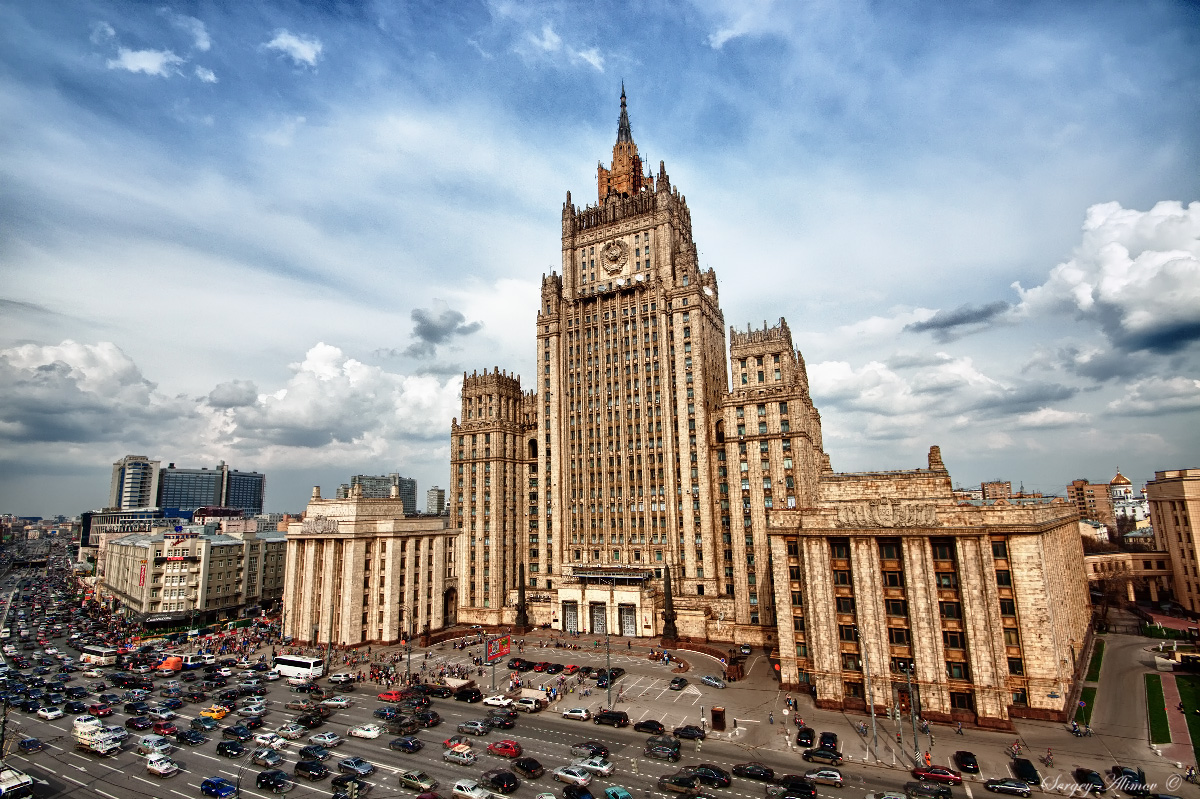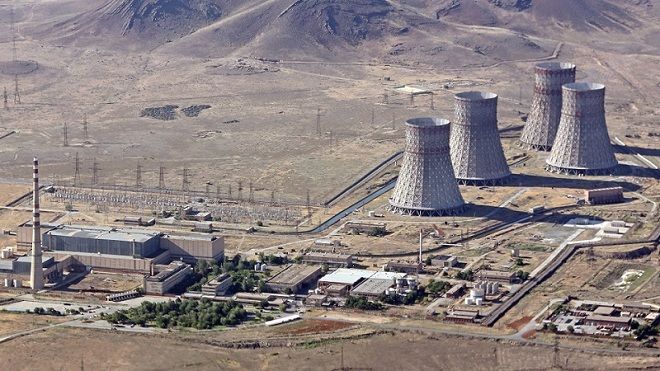The Metsamor Nuclear Power Plant in Armenia, built during the Soviet era, poses a serious threat.
Axar.az reports that Metsamor—located in a seismic zone—is referred to as a “ticking time bomb.”
Opened in 1976, the plant provides around 40% of Armenia’s electricity and is situated just 35 kilometers from the capital, Yerevan, and 16 kilometers from the Turkish border. After the Spitak earthquake in 1988, it was shut down for six years and resumed operation in 1995.
South Caucasus expert Peter Marko, in a report for Tase Daily Mail, emphasized that the plant is technologically outdated and poses significant safety risks due to economic shortcomings.
“The risk of a disaster caused by this reactor is very high. An explosion similar to Chernobyl could contaminate soil, water, and air—its effects could be felt in European skies for years,” Tase stated.
Experts note that the plant lies on an active seismic fault line and lacks sufficient structural safety. Concerns had already been raised before its reopening in 1995. At that time, Viktoria Ter-Nikoghosyan, an adviser to Armenia’s Parliamentary Environmental Committee, warned that the plant would never be safe. A potential accident, she said, would spell the end of Armenia.
Morris Rosen from the International Atomic Energy Agency called the plant’s design “clearly inadequate.”
Currently, the plant operates with technical support from Rosatom, Russia’s state nuclear energy company. According to Dr. Tase, this gives the Kremlin significant influence over South Caucasus energy policy. While Rosatom is expected to modernize one of the plant’s two reactors, it remains unclear whether the agreement signed in December 2023 will be implemented.
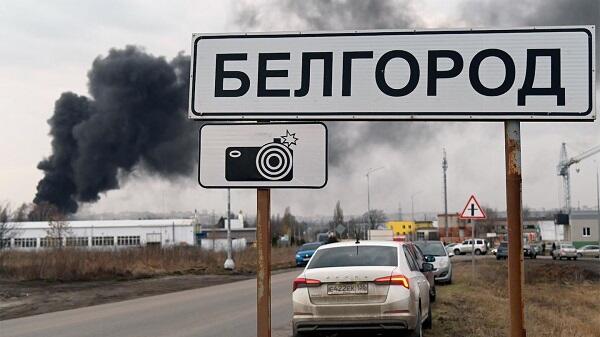





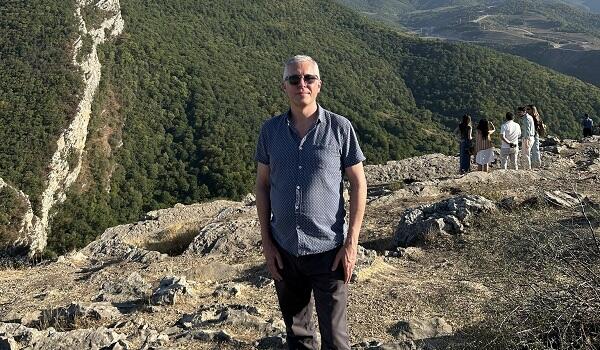










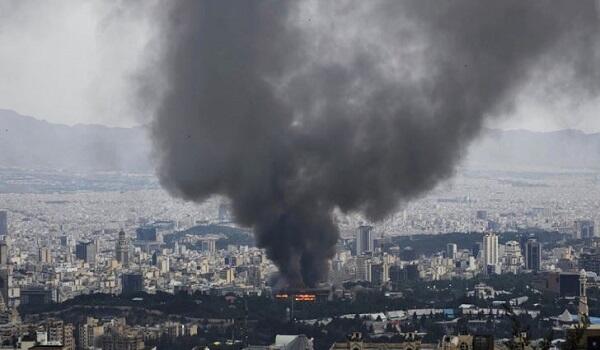






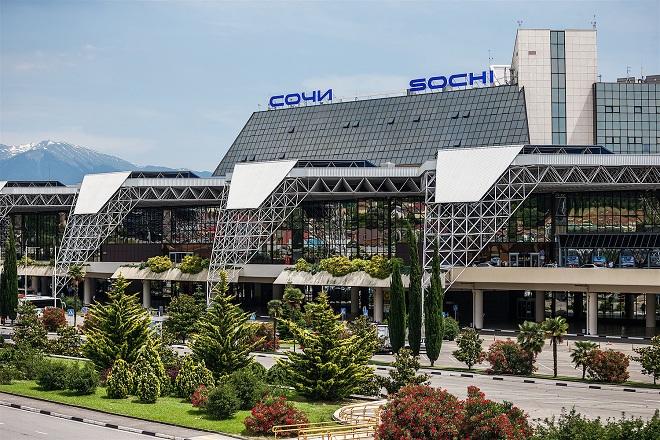
.jpg)

